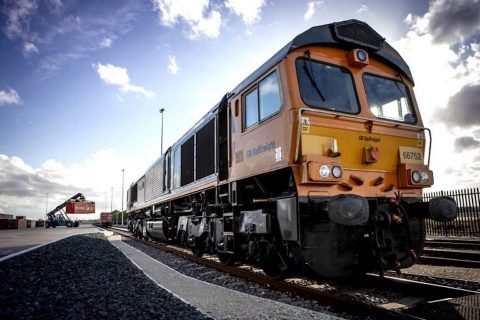Not enough staff to implement hot bearing detectors on US railways

The implementation of 1,000 hot-bearing detectors (HBDs) on the railways in the United States to improve safety measures was assigned to the Brotherhood of Railroad Signalmen (BRS) trade union. However, the union is lamenting personnel shortages in its construction sector, the one designed to carry out the installations.
BRS president Michael Baldwin was quoted by CNBC as saying that more workers are needed. This is because significant personnel cuts were made in the past three years, creating a workload issue. Another problem highlighted by Baldwin is that railway companies are struggling to keep people from leaving during their training.
The new AAR rules for Class I railway companies
The implementation of 1,000 additional HBDs along the railways in the US was part of a set of seven rules recommended by the Association of American Railraods (AAR). These rules were conceived for the seven Class I US rail freight companies in the aftermath of the disastrous rail accident in Ohio at the beginning of February. This addition would decrease the distance between HBDs from 64 to 24 kilometres, allowing for better monitoring of the health of wagon components and preventing accidents.
The other rules revolve around lowering the temperature threshold for stopping trains and inspecting bearings, protecting workers when they report safety issues, and improving seals for tank wagons. Moreover, the AAR and the Class I railway companies are working to increase training for first responders and provide access to the AskRail app to all first responders. This app gives real-time information about the contents of every car on a train and the safe handling of those contents in the event of an accident. Considering Baldwin’s words, it now remains to be seen how feasible it is to implement these new safety regulations efficiently.
Also read:




